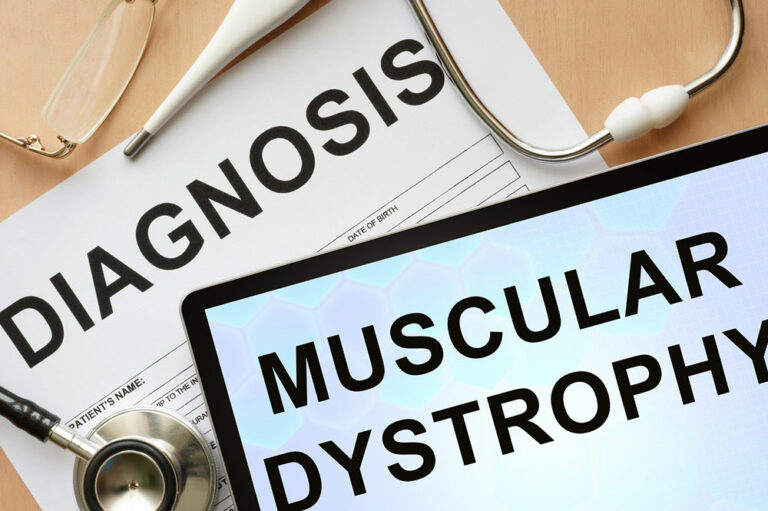
5 mistakes big, small, and pickup truck drivers should avoid
Starting a career as a truck driver can be exciting and comes with a steep learning curve. Whether driving a big, medium-sized, or small pickup truck, there are some mistakes that a rookie truck driver can make. Some of these mistakes may also have legal and financial consequences; that’s why one should try and avoid them at all costs. Below are the five most common mistakes that new truck drivers must avoid. Driving too fast Rookie truck drivers must always be cautious while driving. Going too fast leads to losing control and leads to unforeseen situations. That is why one must not hurry on the road. It is best to take all the time to reach the destination safely. Adhering to the speed limit and modifying the driving speed according to road conditions can avert disastrous outcomes. Ignoring the road signs Navigation systems can be helpful but may get misleading sometimes. Moreover, they may not give the correct information on speed limit changes on a specific lane. In such cases, road signs can help best, so it is imperative to pay attention to them. Not paying attention when backing up Whether driving a big, small, or a pickup truck, backing up is one of the major challenges on the road.
Read More... 

















